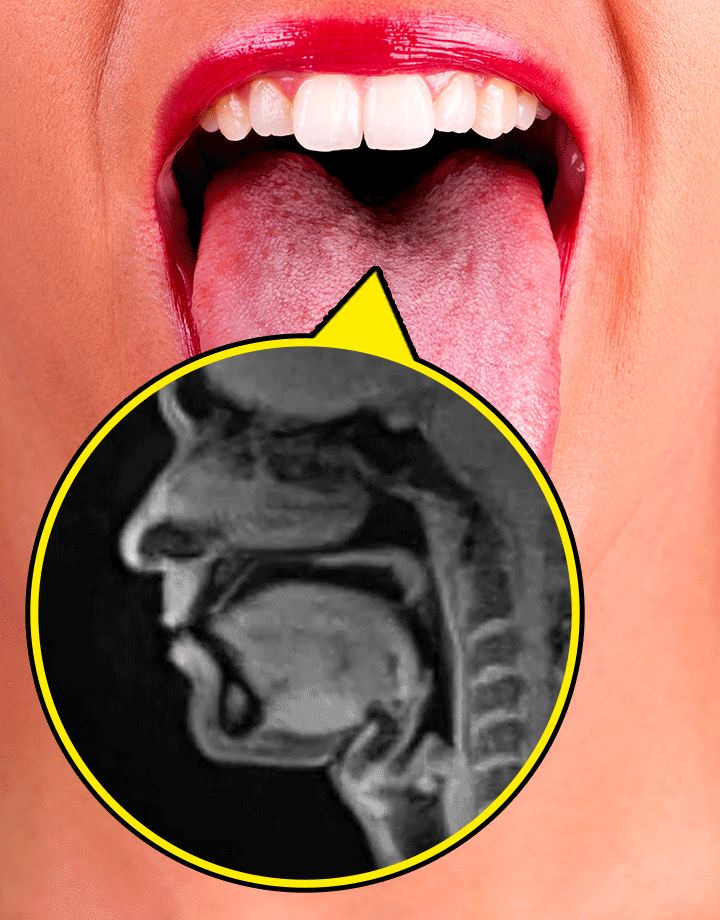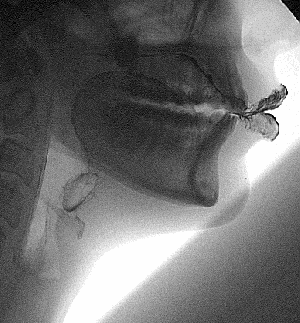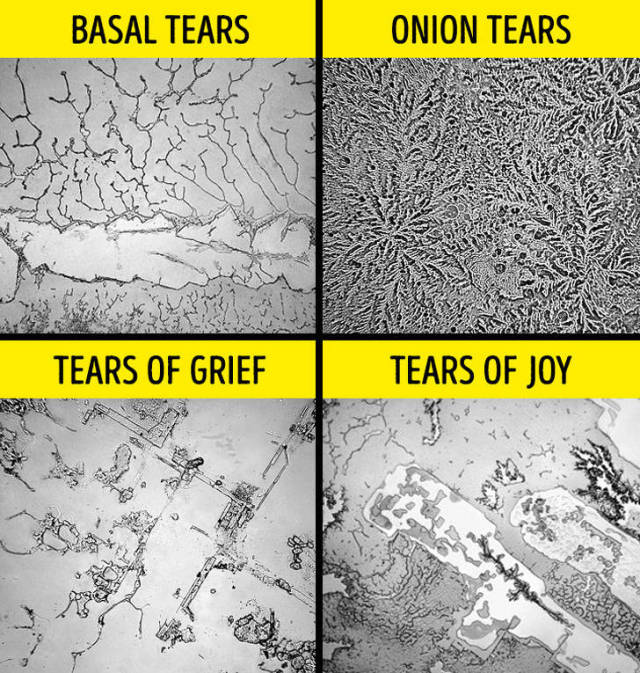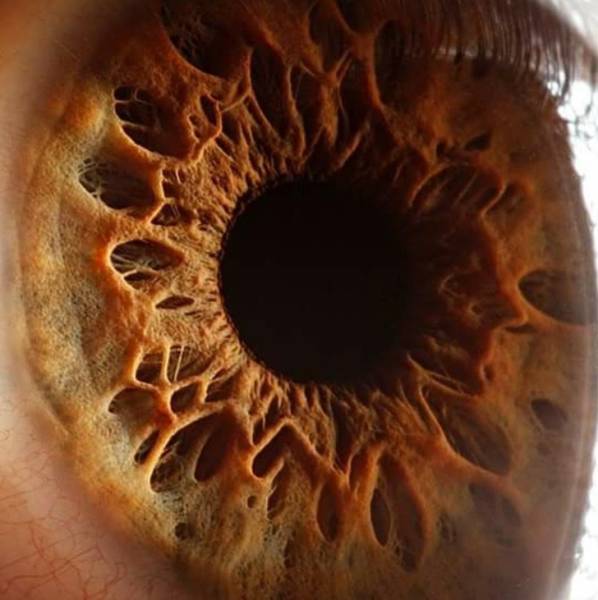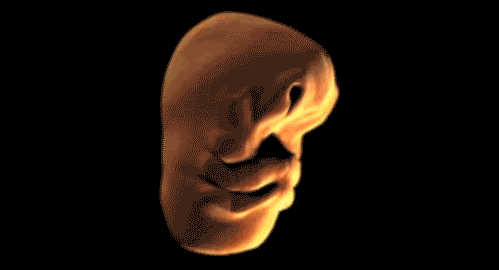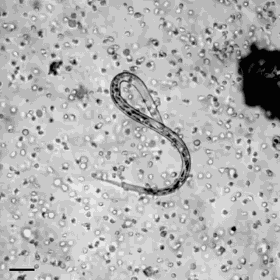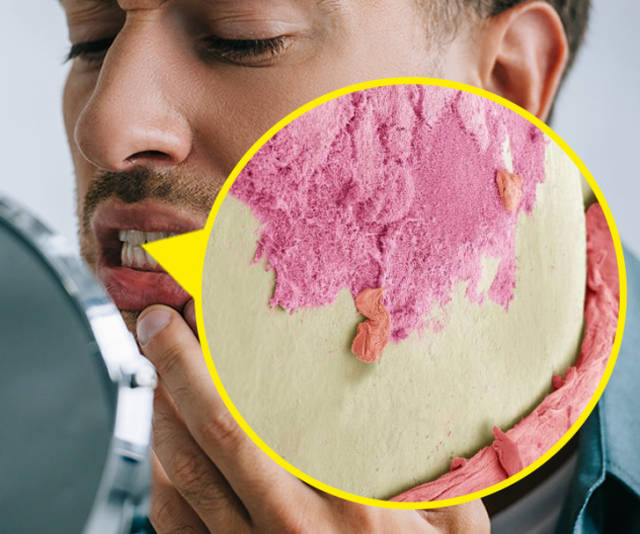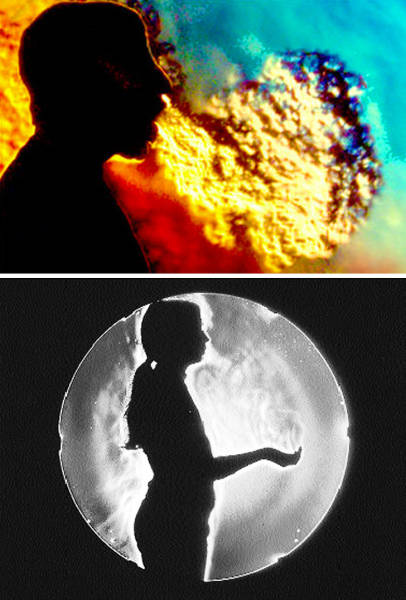Our tongue performs unbelievable pirouettes while we speak.
Our speech would be less diverse without our tongue. The tongue is the most mobile and flexible muscle in the body of a human being. It can morph into different forms and is only attached to one side.
Our skin is really elastic.
One inch of skin can stretch 2-3 times its size but there are also exceptions to the rule. Gary Turner, from Great Britain, is a person with the most elastic skin in the world. His skin is so loose that he can stretch it 6 inches long. This feature occurs in one out of 10,000 people. Here are some pictures. Warning: they’re not for the faint-hearted.
We have several types of tears.
Humans have 3 types of tears that are different in their chemical composition and appear in different situations.
1. Basal tears are constantly discharged tears that keep our eyes wet.
2. Reflex tears appear because of irritation. For example, when you cut onions or when smoke gets in your face.
3. Emotional tears appear when your team wins an important match or when you break up with your beloved. Even though it looks like the same type of tears, they all look different under a microscope.
Your iris is a bundle of small and spooky muscles.
The iris looks like a spiderweb around a black hole under a microscope. In fact, this web is a bunch of muscles that isn’t covered with a membrane. These muscles can get tired too and that’s why our light reactions are slower at the end of a work day.
We used to look like small aliens.
Scientists say that a human goes through every stage of evolution while in the womb. That’s why we all have a tail, gills, and webbed fingers. You might have heard about this but you’ve probably never seen it.
Your white blood cells are always looking for “violators.”
White blood cells are like an army that has different divisions fighting off threats. And it’s not only about bacteria.
In the picture, there’s a worm that is being attacked by eosinophils, white blood cells that deal with multicellular threats only, like parasites.
Your teeth are covered with a civilization of bacteria.
We all know that dental plaque exists but we don’t know what it actually is. These are bacteria (they look like bubble gum in the picture) that produce a pink substance which is an acid. In the first few hours it’s neutralized with saliva, then the plaque becomes thicker, our saliva can’t get inside, and the acid starts dissolving our tooth enamel. And this is what leads to dental cavities.
We do have an aura.
The method that can photograph the flow of invisible gases, particles, and steam produced by our body is called Schlieren photography. In other words, we can see a kind of a shell around us and if we have a look, we’ll see a mix of odors and particles. Each person’s “shell” is unique.

